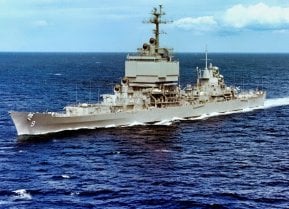Meet the Top 5 U.S. Navy Aircraft Carriers to Ever Sail
The United States has historically leveraged the strategic advantages of aircraft carriers more than any other nation, establishing a formidable presence in global waters. Among its fleet, five carriers particularly stand out for their contributions to naval warfare and technological advancement.
Summary: The United States has historically leveraged the strategic advantages of aircraft carriers more than any other nation, establishing a formidable presence in global waters. Among its fleet, five carriers particularly stand out for their contributions to naval warfare and technological advancement.
From Langley to Ford: The Evolution of U.S. Aircraft Carriers
The aircraft carrier is a technological marvel, rightfully regarded as the pinnacle of military hardware throughout history. Capable of projecting a nation’s airpower around the globe, it is an invaluable tool for influencing world affairs.
Since the first aircraft carrier was commissioned, about one century ago, no nation relied more heavily on the carrier than the United States.
Today, Washington has eleven supercarriers in service. And with fifty-five other carriers decommissioned, the United States possesses history’s most notable aircraft carrier fleet. Here are the five U.S. carriers that stand apart in U.S. history.
USS Langley (CV-1)
Let’s start with the original. The USS Langley was the U.S. Navy’s first-ever aircraft carrier. Converted from the USS Jupiter fleet collier in 1920, the USS Langley was rudimentary by today’s standards—yet it did set multiple precedents as the first carrier and the Navy’s first turbo-electric-powered ship.
The Langley demonstrated to US war planners what was possible, inspiring each carrier that would come afterward.
USS Nimitz (CVN-68)
First commissioned in 1975 and still serving today, the USS Nimitz is the oldest aircraft carrier still in service worldwide. With almost fifty years under her belt, the Nimitz has established herself as an icon in the Navy's annals.
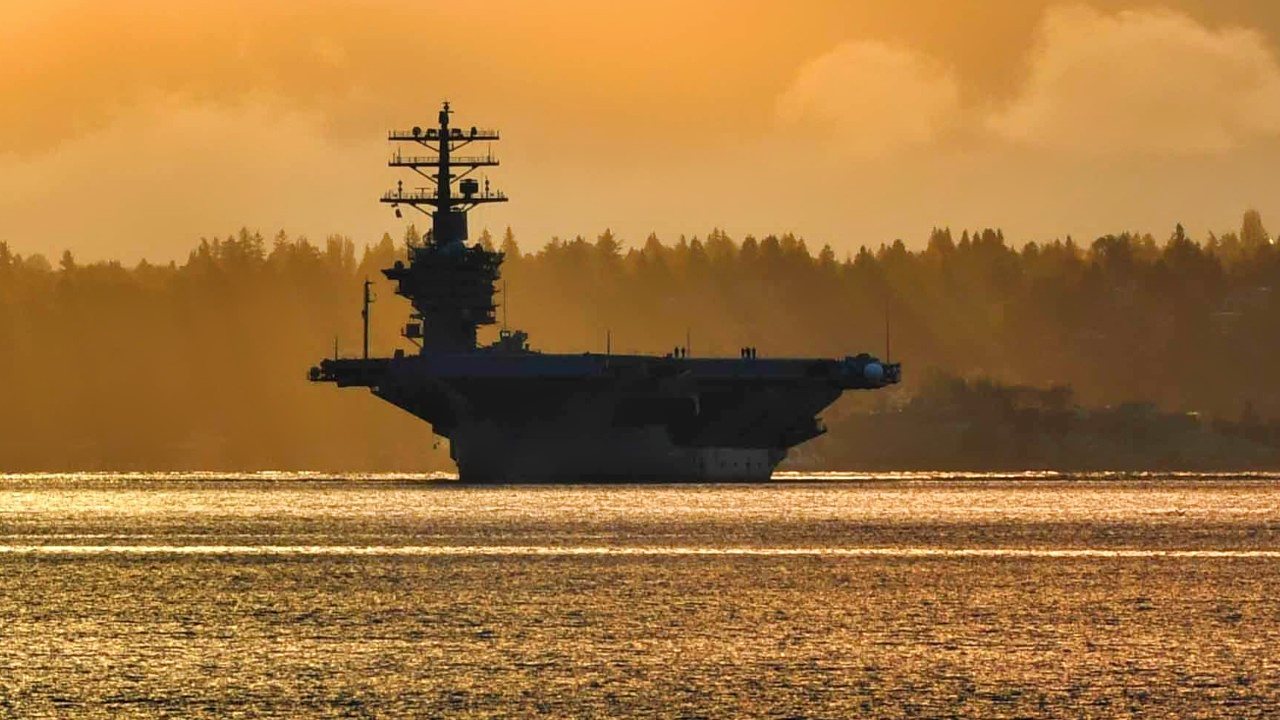
The behemoth, measuring over 1,000 feet long, has appeared in the Hollywood feature film The Final Countdown, starring Kirk Douglas and Martin Sheen. When the Nimitz is finally retired next year, she will enter naval lore.
USS Lexington (CV-16)
Named after CV-2, the second aircraft carrier, the USS Lexington (CV-16) was an Essex-class carrier built during World War II. The Essex-class was the most commonly produced carrier ever, and of all the Essex-class ships built, the Lexington stands apart.
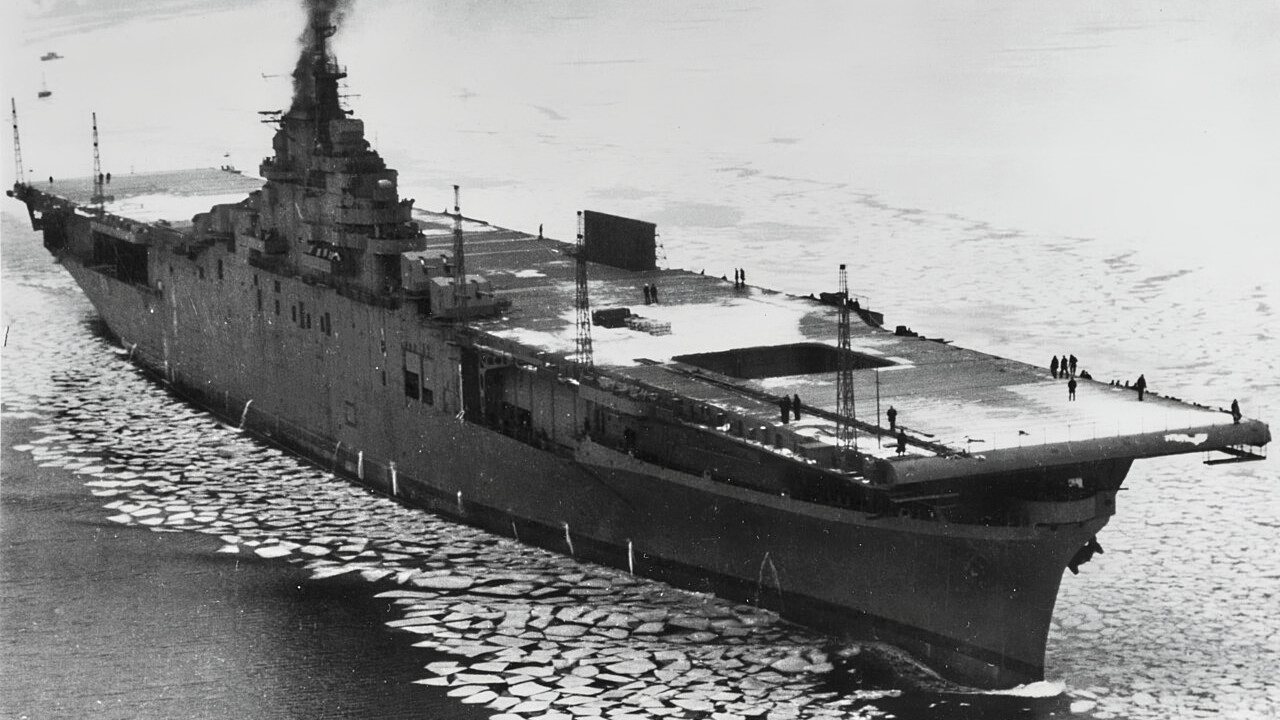
Commissioned in 1943, Lexington made profound contributions to the fight against Imperial Japan. In all, Lexington fought in the Kwajalein Raid, the Philippine Sea Battle, the Leyte Gulf Battle, and as part of Rear Admiral Sprague’s task force. And if all that were not sufficient, the Lexington was recommissioned, after a decade of inactivity, in 1955 and remained on active duty until 1991.
USS Gerald R. Ford (CVN-78)
The USS Gerald R. Ford is the namesake of the ground-breaking Ford-class. Commissioned in 2017, the Ford immediately became the world’s most technically advanced carrier. The Ford is the culmination of a massive investment—$5 billion for research and development, plus another $13 billion to build the thing—the Ford is world history’s most expensive warship.
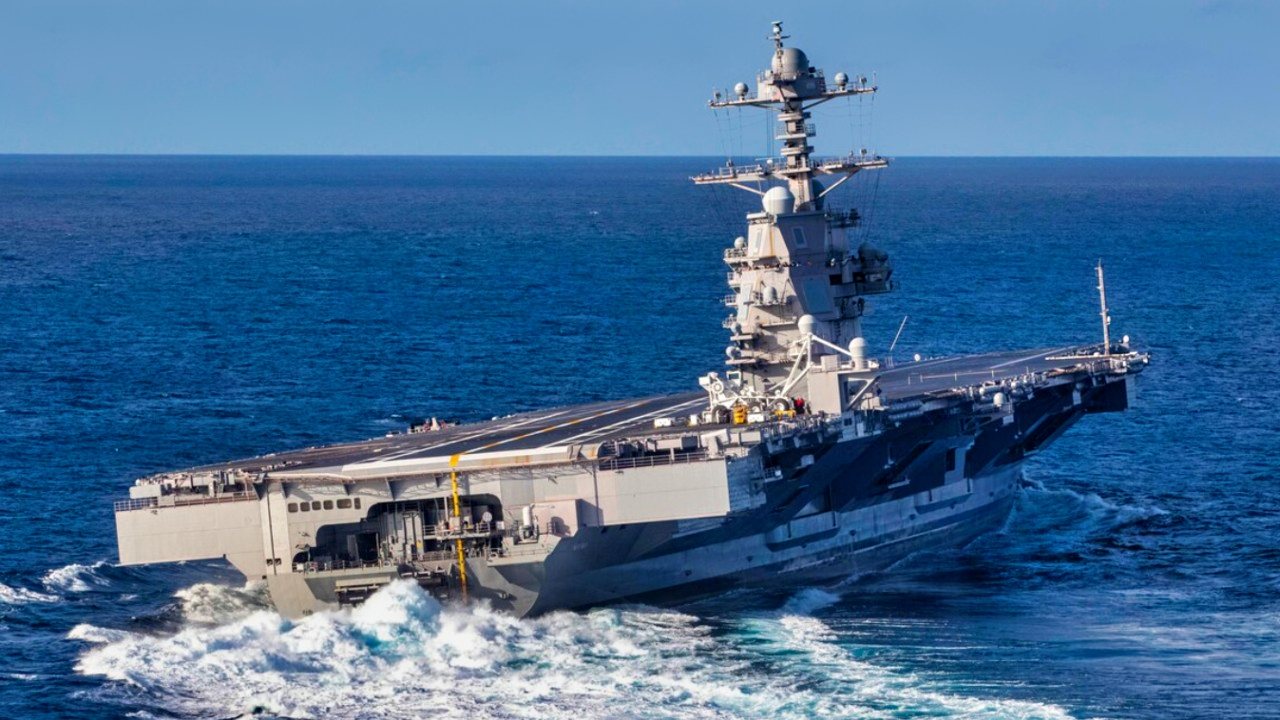
Did the Navy get their money’s worth? Hard to say. However, Ford is packed with new tech like the EMALS electromagnetic catapult system and the Advanced Arresting Gear (AAG) system, which gives Ford the highest Sortie Generation Rate (SGR) in the Navy.
USS Enterprise (CVN-65)
The USS Enterprise claims a spot on the list because she was the first nuclear-powered aircraft carrier ever built. With nuclear power, the Enterprise was able to operate indefinitely, for twenty-five years at a time, without refueling. The result was enhanced power projection without the limitations of traditional fuel supplies.
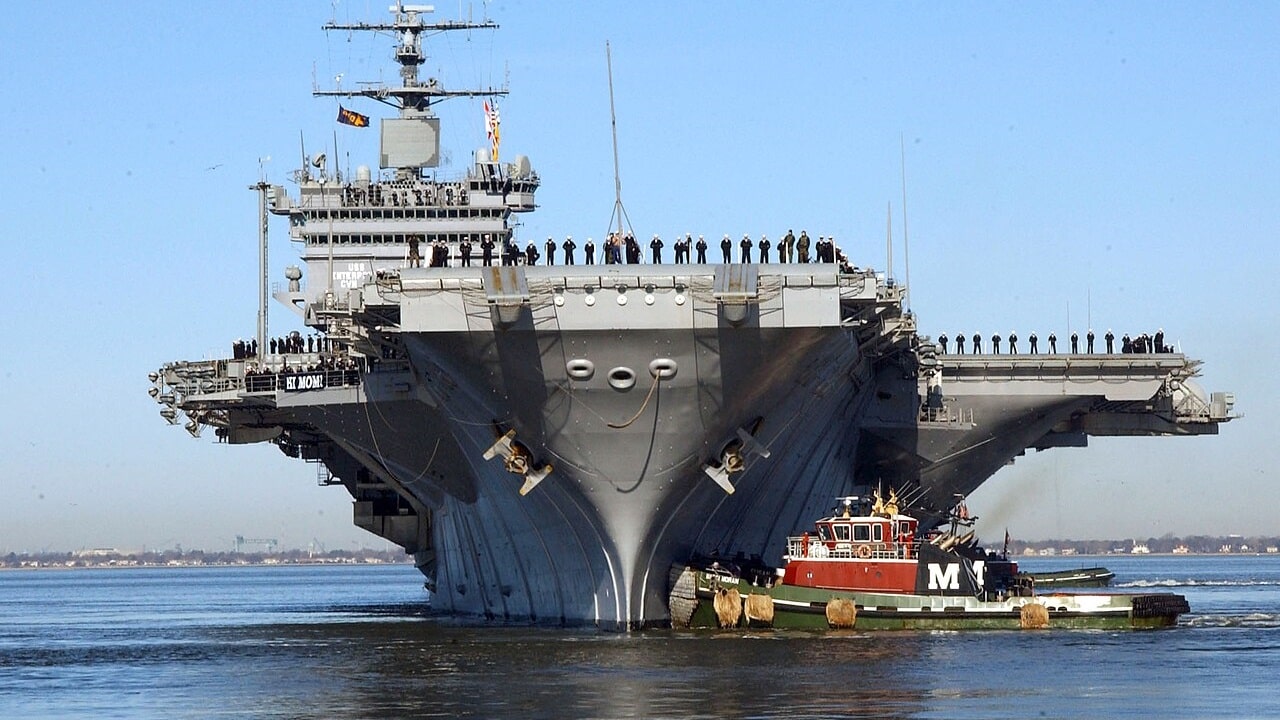
Today, the doctrine of the U.S. Navy, and indeed, the doctrine of U.S. foreign policy, is dependent upon the aircraft carrier range and endurance that the Enterprise made possible.
About the Author: Harrison Kass
Harrison Kass is a defense and national security writer with over 1,000 total pieces on issues involving global affairs. An attorney, pilot, guitarist, and minor pro hockey player, Harrison joined the US Air Force as a Pilot Trainee but was medically discharged. Harrison holds a BA from Lake Forest College, a JD from the University of Oregon, and an MA from New York University. Harrison listens to Dokken.
